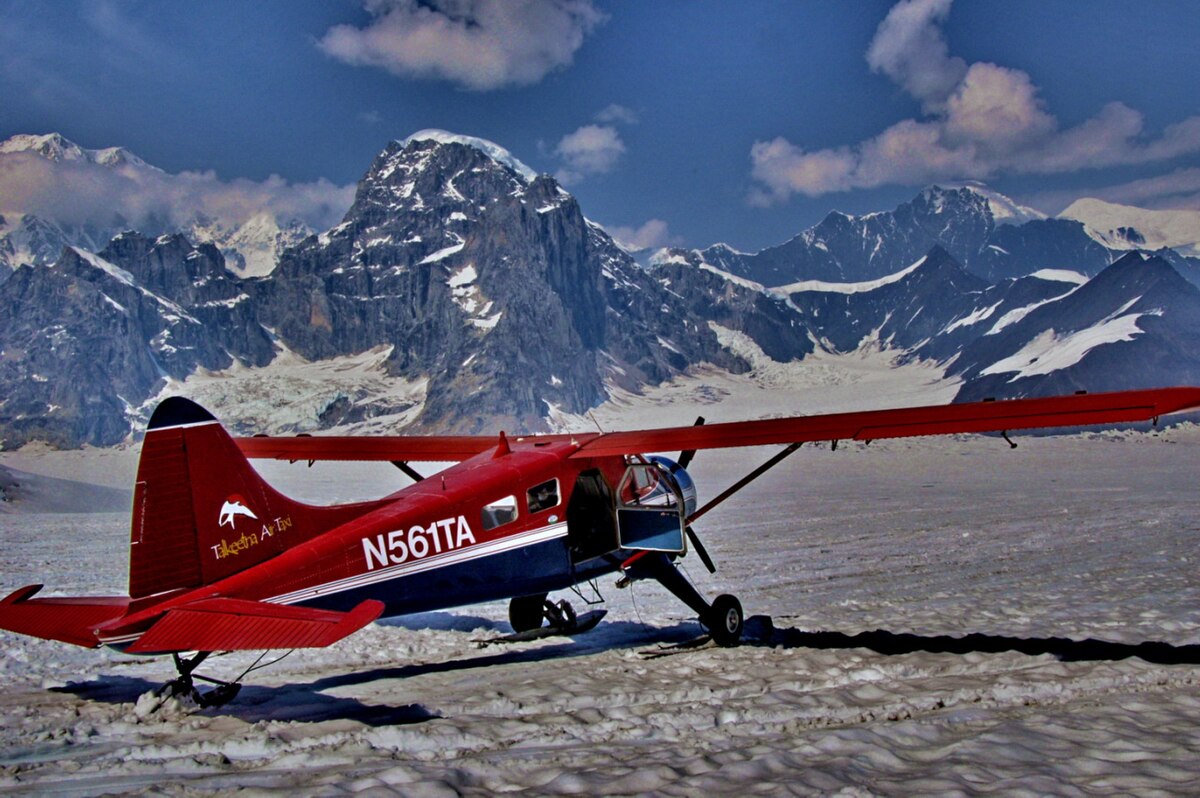
General aviation often flies under the radar compared to commercial airlines, yet it plays a vital role in our skies. But what exactly is general aviation? General aviation includes all civil aviation operations except scheduled air services and non-scheduled air transport operations for hire. This means everything from small private planes to corporate jets falls under this category. General aviation serves many purposes, such as business travel, medical emergencies, and even recreational flying. It's a diverse and dynamic sector, offering unique opportunities and challenges. Ready to learn more? Here are 20 intriguing facts about general aviation that might surprise you!
Key Takeaways:
- General aviation encompasses a wide range of activities, from private flying to medical emergencies and disaster relief, and plays a crucial role in connecting communities and supporting local economies.
- General aviation offers a diverse range of aircraft, including small trainers, luxurious business jets, and efficient turboprops, and prioritizes safety with advanced avionics and rigorous pilot training.
What is General Aviation?
General aviation (GA) encompasses all civil aviation operations other than scheduled air services and non-scheduled air transport operations for remuneration or hire. This includes a wide range of activities such as private flying, flight training, agricultural aviation, and more. Here are some fascinating facts about general aviation that might surprise you.
-
General aviation accounts for the majority of the world's air traffic. In the United States alone, GA represents over 90% of all civil aviation activity.
-
There are more than 440,000 general aviation aircraft worldwide, including everything from small single-engine planes to large corporate jets.
-
General aviation pilots can fly to over 5,000 public-use airports in the United States, compared to only about 500 airports served by commercial airlines.
-
The general aviation industry supports over 1.1 million jobs in the United States, contributing significantly to the economy.
-
General aviation is not just for recreation; it plays a crucial role in medical emergencies, search and rescue operations, and disaster relief efforts.
Types of General Aviation Aircraft
General aviation includes a diverse range of aircraft, each serving different purposes. From small trainers to luxurious business jets, the variety is astounding.
-
Single-engine piston aircraft are the most common type of general aviation aircraft. They are often used for personal flying, flight training, and light cargo transport.
-
Multi-engine piston aircraft offer greater speed, range, and payload capacity compared to single-engine planes. They are commonly used for business travel and air taxi services.
-
Turboprop aircraft, which use a turbine engine to drive a propeller, are popular for their efficiency and ability to operate from shorter runways.
-
Business jets, also known as corporate jets, provide fast, efficient travel for business executives. They can fly at higher altitudes and faster speeds than most commercial airliners.
-
Light sport aircraft (LSA) are a category of small, simple-to-operate aircraft that are often used for recreational flying and sport aviation.
General Aviation Safety
Safety is a top priority in general aviation, with numerous regulations and technologies in place to ensure safe operations.
-
The Federal Aviation Administration (FAA) regulates general aviation in the United States, setting standards for pilot training, aircraft maintenance, and operational procedures.
-
Modern general aviation aircraft are equipped with advanced avionics, including GPS navigation, weather radar, and collision avoidance systems.
-
General aviation pilots must undergo rigorous training and certification processes. Private pilots, for example, must complete a minimum of 40 flight hours and pass both a written exam and a practical flight test.
-
Safety programs such as the FAA's Wings Pilot Proficiency Program encourage ongoing training and education for general aviation pilots.
-
The National Transportation Safety Board (NTSB) investigates general aviation accidents to identify causes and recommend safety improvements.
The Role of General Aviation in Communities
General aviation plays a vital role in connecting communities, providing essential services, and supporting local economies.
-
Many rural and remote areas rely on general aviation for access to medical care, mail delivery, and other essential services.
-
General aviation airports often serve as hubs for economic activity, supporting local businesses and attracting tourism.
-
Agricultural aviation, also known as crop dusting, uses general aviation aircraft to apply fertilizers, pesticides, and herbicides to crops, helping to increase agricultural productivity.
-
Flight schools and aviation training centers provide education and career opportunities for aspiring pilots, mechanics, and other aviation professionals.
-
General aviation also supports environmental monitoring and conservation efforts, with aircraft used for wildlife surveys, aerial photography, and pollution tracking.
The Sky's the Limit
General aviation offers a world of possibilities. From private pilots exploring new destinations to medical flights saving lives, its impact is vast. Small airports play a crucial role, connecting remote areas and supporting local economies. Flight training schools help aspiring aviators achieve their dreams, while air shows inspire the next generation.
Environmental advancements are making flying greener, with new technologies reducing emissions. Drones are revolutionizing industries, from agriculture to emergency response. Safety measures continue to evolve, ensuring that flying remains one of the safest modes of transport.
Whether you're a seasoned pilot or just curious about aviation, there's always something new to learn. The sky truly is the limit when it comes to the opportunities and innovations in general aviation. So next time you see a small plane overhead, remember the incredible world it represents.
Frequently Asked Questions
Was this page helpful?
Our commitment to delivering trustworthy and engaging content is at the heart of what we do. Each fact on our site is contributed by real users like you, bringing a wealth of diverse insights and information. To ensure the highest standards of accuracy and reliability, our dedicated editors meticulously review each submission. This process guarantees that the facts we share are not only fascinating but also credible. Trust in our commitment to quality and authenticity as you explore and learn with us.


